15 Shade Climbing Plants: [Characteristics and Images]

What information will you find in this article?
Meet 15 of the most beautiful and eye-catching shade climbing plants:
- Allamanda cathartica shade climbing plant. Allamanda cathartica is a shade climber that originates from South and Central America, as well as the extreme climates of Europe.
- Clerodendrum thomsoniae shade climbing plant. Theplantwhose scientific name is Clerodendrum thomsoniae is also called African clerodendron.
- Hedera shade climbing plant. The shade climbing plant of the type ofivycalled hedera is a variety of very easy maintenance.
- Lonicera japonica shade climbing plant. Also known by the name ofhoneysuckle, the lonicera japonica is a climbing shade plant that is very easy to grow and maintain.
- Hydrangea shade climbing plant. The shade-climbing hydrangea is adeciduousplant
- Shade climbing plant Thunbergia grandiflora. The grandifloras areclimbingplants with huge opposite, oval lance-shaped leaves that can measure up to 20 cm.
- Shade climbing plant Parthenocissus tricuspidata. Shade climbing plants Parthenocissus tricuspidata are also known as virgin vine and are special varieties to locate in any shaded corner.
- Shade climbing plant Honeysuckle. Honeysuckle is the genus that groups shade climbing plants such as the Japanese loniceras, among other varieties of loniceras.
- Shade climbing plant Trachelospermum jasminoides. The shade climber whose scientific name is Trachelospermum jasminoides, known as false jasmine, is a plant native to China and Japan.
- Akebia quinata shade climbing plant. The Akebia quinata shade climbing plant has its origin in Asia where it has adapted to live in different types of climates.
- Shade climbing plant Schizophragma hydrangeoides. The shade climbing plant schizophragma hydrangeoides is a species that develops like a liana and can reach up to 12 meters in height throughout its life.
- Scindapsus pictus shade climbing plant. This shade climbing plant is also known as Silver Pothos and is one of the most valued and typical species for indoor cultivation.
- Stephanotis floribunda shade climber plant. Commonly called the Madagascar Jasmine, the Stephanotis floribunda is a climbing shade plant much appreciated for its beautiful flowers.
- Shade climbing plant Plectranthus australis. The Plectranthus australis is an evergreen plant, known as the money plant or millionaire, it is one of the most typical climbing plants in interior decoration.
- Clematis shade climbing plant. Clematis is a shade climbing plant that grows and develops very well in climates with mild temperatures.
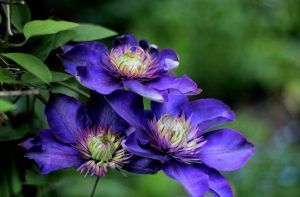 Shaded climbing plants need space and guides or tutors to be able to climb and they avoid direct sunlight.
Shaded climbing plants need space and guides or tutors to be able to climb and they avoid direct sunlight.
They are species of very easy care and maintenance and only require a little water, good drainage and adequate temperature. Among the most beautiful shaded climbing plants may be mentioned:
1. Allamanda cathartica shade climber
Allamanda cathartica is a shade climber that has its origin in South and Central America, as well as the extreme climates of Europe. Its flowers have oval and foliaceous sepals with a very intense yellow color that gives off a fruity and pleasant smell.
It blooms in mid-spring and can continue until autumn and if the heat lasts, it can flower for a long time. It is a shade climbing plant that requires frequent watering, especially in summer.
It is not recommended to keep the allamanda cathartica in places with a temperature below 15º C, as it would not resist. It requires a guide or tutors in case you want this shade climbing plant to get entangled and climb on the selected sites.
2. Clerodendrum thomsoniae shade climber
The shade climbing plant whose scientific name is Clerodendrum thomsoniae is also called African clerodendron. It is a species native to West Africa, so it cannot be grown in regions where temperatures are below 10 degrees.
Clerodendron is a shade climbing variety, of the perennial type that can also be deciduous, if the weather is very cold. Its leaves are large and oval in shape, with a size that can reach 15 cm in length.
Clerodendron flowers appear in clusters and have an ivory-white calyx with deep red petals. Watering for the clerodendron climber should be abundant and with a frequency of one watering every four days, both in spring and summer.
The clerodendron is a climbing shade plant that is highly appreciated for growing indoors, due to the spectacle of color offered by its flowers.
3. Hedera Shade Climbing Plant
The shade climbing plant of the type of ivy called hedera is a variety of very easy maintenance. Hedera is a highly valued evergreen perennial plant to grow as a hedge for full facades .
It is an invasive plant that clings to walls or stakes by itself and is able to quickly cover them. It is not demanding in terms of irrigation, or the substrates for its development and growth.
4. Lonicera japonica shade climber
Also known by the name of honeysuckle, the lonicera japonica is a climbing shade plant that is very easy to grow and maintain. It requires support, stakes, or guides to get tangled up, but once it does, it can quickly cover fences.
The advantage of the Japanese lonicera is that it grows very quickly and can reach 10 meters both in width and height. It is a very invasive plant, so it is recommended to cover large spaces in gardens.
Easily propagated in spring by cuttings of hardwood or softwood with leaves from summer growth, under glass or plastic.
5. Hydrangea Shade Climbing Plant
The shade-climbing hydrangea is a deciduous plant with lanceolate, oval, heart-shaped leaves of an intense green colour. It does not require tutorials or guides to climb because it is a strong and vigorous variety.
Hydrangea flowers appear during the summer and are a beautiful white color. The varieties of hydrangeas are especially climbers of shadows: Hydrang Petiolares and Pileostegia Virbunoides, whose leaves are narrower and dark green.
6. Thunbergia grandiflora shade climber
The grandifloras are perennial shade climbing plants with huge opposite, oval lance-shaped leaves that can measure up to 20 cm. It is a tropical species native to India where, in addition to grandiflora, they also know the blue thunbergia.
It needs intense light, although it prefers it not to be from the direct rays of the sun and it does not resist temperatures close to zero degrees. Its flowers appear in clusters, have trumpet-shaped corollas and their colors range from violet to dark blue.
The flowering of the Thunbergia grandiflora covers the entire summer and part of the autumn. It is a plant that requires regular contributions of water, but the risks should be reduced during the winter. They do not need pruning.
It does not require pruning, but it does require fertilizers with mineral fertilizer every 15 days, while flowering lasts. The Thunbergia is widely used as a shade vine because it generates beautiful floral curtains to cover walls and pergolas.
7. Shade climbing plant Parthenocissus tricuspidata
Shade climbing plants Parthenocissus tricuspidata are also known as virgin vine and are special varieties to locate in any shaded corner.
It is a species that has suction cups that help it to climb without problems. It grows easily on walls, trees, lattices and in general anywhere that you want to cover or carpet with the plant.
Among the precautions for the cultivation of Parthenocissus tricuspidata are: abundant watering in summer (without flooding); maintain a certain degree of humidity and fertilize with organic matter in winter and with mineral fertilizer in spring.
8. Honeysuckle Shade Climbing Plant
Honeysuckle is the genus that groups shade climbing plants such as the Japanese loniceras, among other varieties of loniceras. They have their origin in Europe and Asia, they are plants that can reach a height of up to 6 meters and resist frosts down to -7º C.
The plant can be grown in any type of soil, but it prefers somewhat calcareous soils that contain organic matter and good drainage. They are climbing shade plants highly valued for growing near trees that have dried up, to cover fences, walls or pergolas.
9. Shade climber Trachelospermum jasminoides
The shade climber whose scientific name is Trachelospermum jasminoides, known as false jasmine, is a plant native to China and Japan. Its leaves are deciduous and can reach between 8 to 10 meters in height. It requires support or guardians to be able to get entangled.
It is a shade climber that is very resistant to low temperatures and bears a strong resemblance to the jasmine plant, even in the scent of its flowers. It requires regular watering from spring and throughout the summer, taking care not to let the substrate dry up.
It is recommended to reduce watering in winter and wait until the soil is dry on the surface before watering again.
10. Akebia quinata shade climber
The Akebia quinata shade climbing plant has its origin in Asia where it has adapted to live in different types of climates. It is a climbing plant that can reach up to 5 meters and will grow even more if it is protected from the winds.
Its leaves are semi-perennial, that is, it loses all its foliage in the cool months. The flowers of the Akebia quinata have a beautiful purple -red color and give off a pleasant and fragrant aroma.
It is a shade climber that can easily withstand frosts down to -15º C. The cultivation of Akebia quinata requires loamy soil, with adequate drainage and a high content of organic matter.
11. Schizophragma hydrangeoides shade climber
The shade climbing plant schizophragma hydrangeoides is a species that develops like a liana and can reach up to 12 meters in height throughout its life.
The stems are woody and are characterized by the fact that they have roots that help them adhere to the supports to cover them. Its foliage is slightly toothed, it can sometimes be silvery on the reverse.
The best time to sow schizophragma is during the spring and fall, when the hard frosts have passed. It is a plant that may require fresh, acidic and well-drained soils.
Irrigation must be frequent and regular in the amount of water supplied to the plant. In general, it is recommended to water the plant without letting the substrate dry out between waterings.
During the winter and in case the plant is in the ground, no irrigation is required. It is a valued plant for covering walls, concealing fences, adorning pergolas or trellises, and also for planting on a dead tree.
12. Scindapsus pictus shade climber
This shade climbing plant is also known as Silver Pothos and is one of the most valued and typical species for indoor cultivation. Its leaves are lanceolate, oval or heart-shaped and very green, although in Scindapsus pictus it has spots and edges that appear silvery.
Leaves emerge from her stems that are tender and green, and help her tangle through tutorials. The temperature of the cultivation of the Scindapsus pictus should not exceed 20º C and it does not support direct sunlight.
Scindapsus pictus can be attacked by pests and insects, so it will require specific treatment for each type of problem. During the watering of the plant, it is recommended to pass a sponge or damp cloth through its leaves to help them nourish themselves.
They are plants that are recommended for air purification in interior areas of houses. It can be planted in a hanging pot between the furniture so that its leaves fall with a waterfall effect that will illuminate and give beauty and freshness to the environment.
13. Stephanotis floribunda shade climber
Commonly called the Madagascar Jasmine, the Stephanotis floribunda is a climbing shade plant much appreciated for its beautiful flowers. It produces large leaves that have a leathery shape and are characterized by very bright dark green tones.
Its flowers are characterized by being large, white and give off a pleasant smell. The flowering of these shade climbing plants begins in spring and lasts until the end of summer. The ideal temperature for growing Stephanotis floribunda is between 18º C and less than 30º C.
14. Shade climber Plectranthus australis
The Plectranthus australis is an evergreen plant, known as the money plant or millionaire, it is one of the most typical climbing plants in interior decoration. It needs watering only once every 2 or 3 days during the warmer months and only once a week when winter arrives.
It is a shade climbing plant so it cannot stand direct sunlight because its leaves are sensitive and can burn.
15. Clematis Shade Climbing Plant
Clematis is a shade climbing plant that grows and develops very well in climates with mild temperatures. It is a deciduous or perennial variety, with a growth that can reach up to 6 meters in height.
The plant is characterized because the flowers of its varieties are very showy and decorative, with shades ranging from white to violet or intense pink.
The cultivation of the clematis shade climbing plant requires abundant watering and constant humidity, but without flooding. The clematis needs tutors that can allow it an easy way to climb to facilitate its development and growth.
Bibliographic references
- Climbing Plants, I Jachertz – 2006 – books.google.com
- Climbing plants: biological type and classification, PA Cabanillas, JA Hurrell – Morphological Sciences, 2012 – digital.cic.gba.gob.ar
- Diversity patterns of climbing plants and vascular epiphytes in the Valdivian rain forest of South America: a synthesis between the years 2000 and 2010, J Pincheira-Ulbrich – Phyton-Int. J. Exp. Bot, 2011 – researchgate.net
- The climbing plants of the Iberá macrosystem, MS Ferrucci, SA Cáceres Moral… – … presented at the 13th …, 2002 – researchgate.net
- The Movements and Habits of Climbing Plants, C Darwin – 2009 – books.google.com
- Climbing plants: Native and exotic. The most common climbing plants of the Rioplatense Region (Paraná Delta, Isla Martín García and Ribera Platense), HB Lahitte, JA Hurell – Biota rioplatense. 5., 2000 – sidalc.net

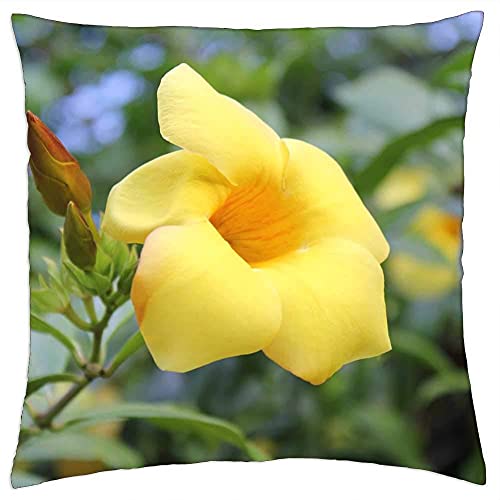
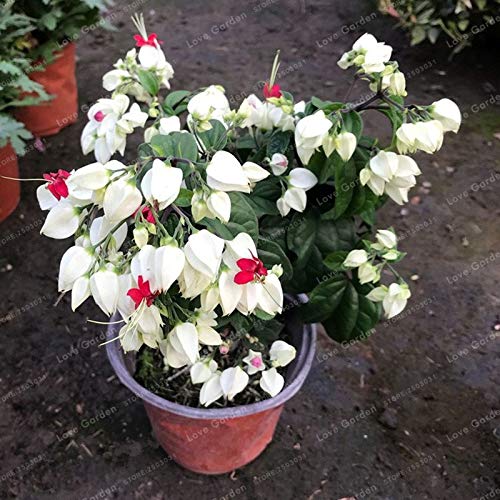
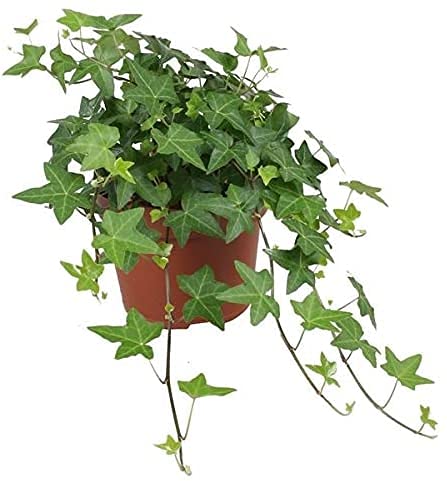
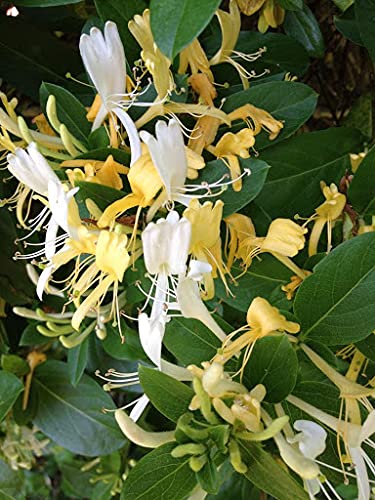

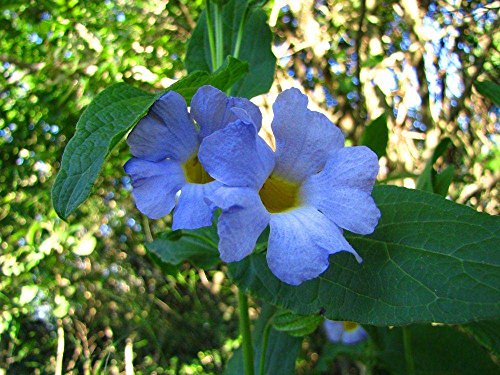
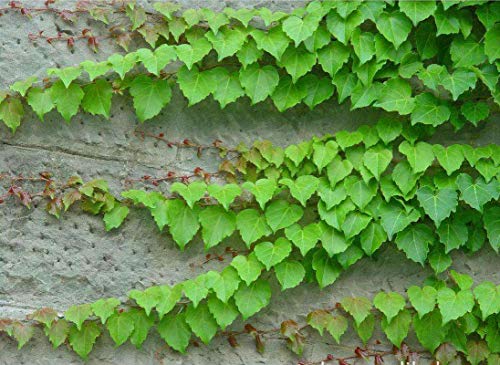
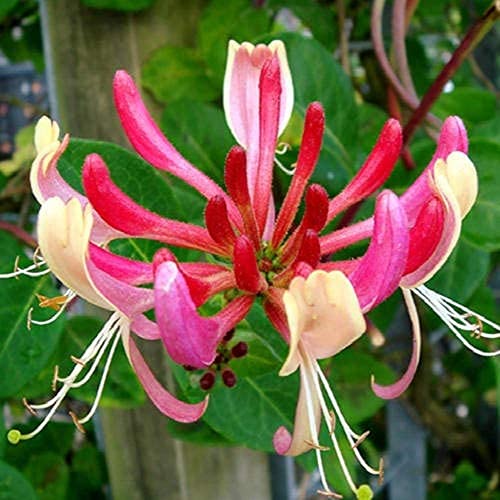
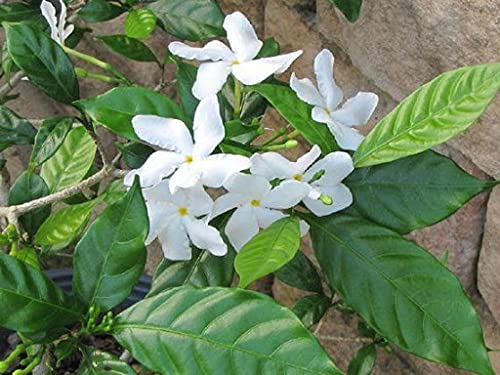
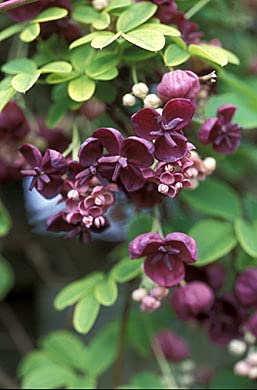
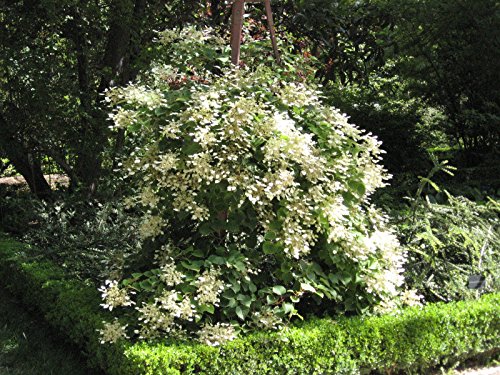
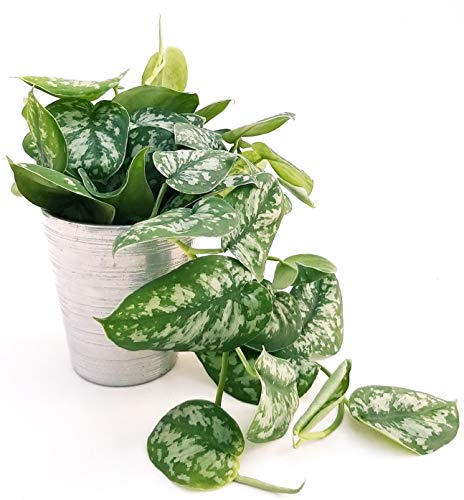

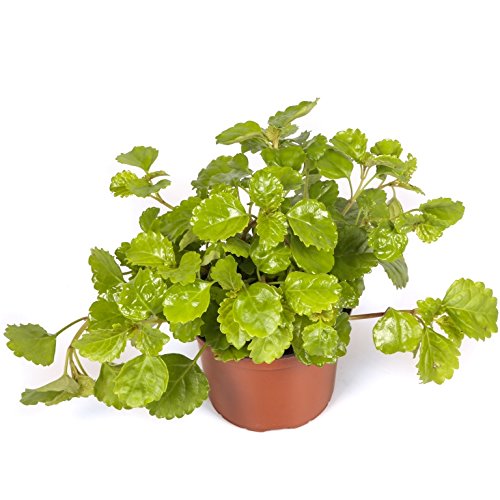
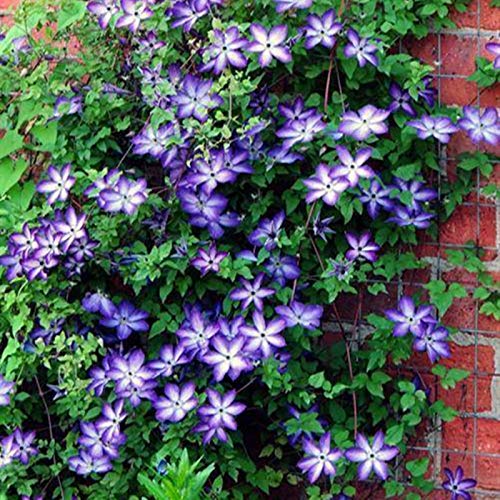
![Photo of Oleander cuttings: [Concept, Season, Rooting and Sowing]](https://www.complete-gardening.com/wp-content/uploads/2021/06/Que-significa-plantar-por-esquejes-Adelfa-390x220.jpg)
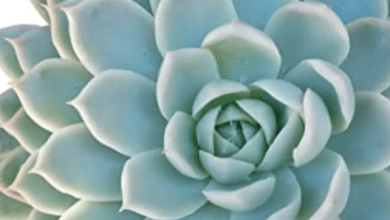
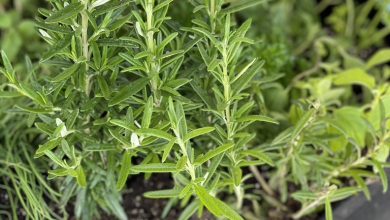
![Photo of Copper in Plants: [Use, Shortcomings, Advantages and Disadvantages]](https://www.complete-gardening.com/wp-content/uploads/2022/08/copper-in-plants-use-shortcomings-advantages-and-disadvantages-390x220.jpg)